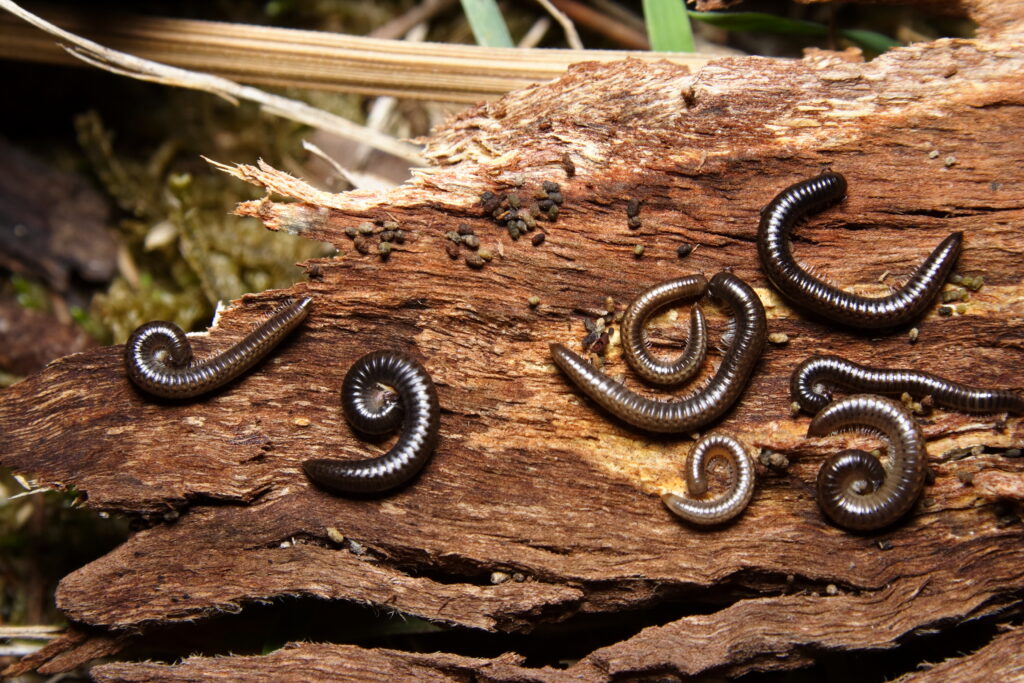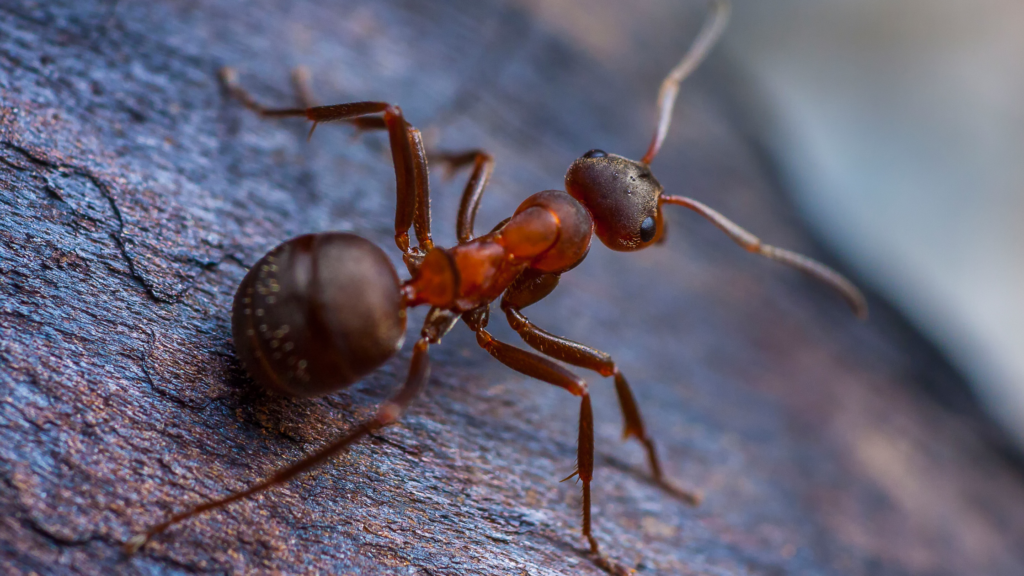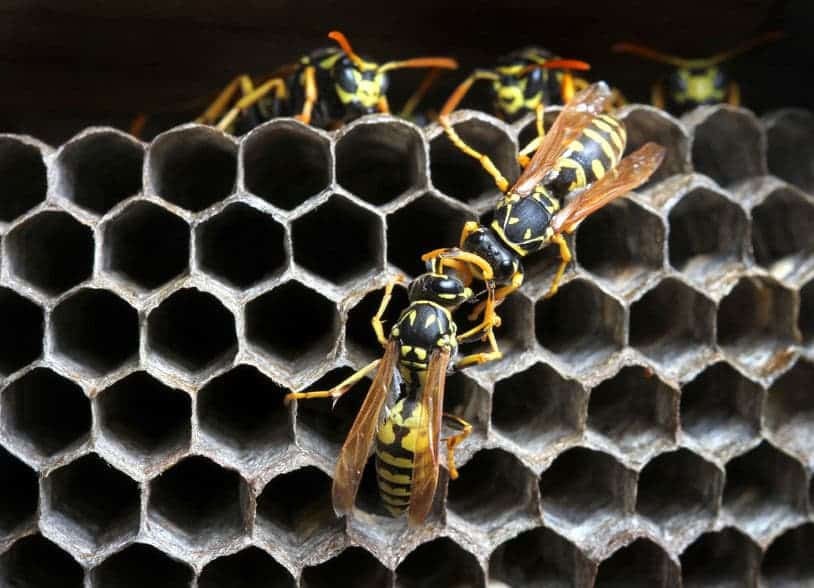
Why They Could Mean Trouble for Your Property
No one wants creepy crawly critters milling about their home. Millipedes fall into that category with their segmented bodies and multiple legs and can cause trouble around your home and property, aside from the creep factor. These slow-moving burrows are found throughout the country, and in Florida, there are more than 50 species ready to wreak havoc on your property. Thankfully, only a few of these species are found in high numbers in the Sunshine State, but that doesn’t make them any less of a nuisance. Millipedes tend to migrate in large numbers, so once you’ve got them, you’ve got a lot of them. But what exactly are these creatures and how do you get rid of them?
What They Are
Often, property owners get centipedes and millipedes confused. While both belong to the Myriapoda group, they have their differences. Millipedes are known for moving slow, opposite their leggy brethren, and feed on decaying organic matter like roots and leaves instead of other insects. Additionally, millipedes are not aggressive and do not bite, while centipedes can. The most common types of millipedes found in Florida are the Yellow-Banded Millipede, the Florida Ivory Millipede, and two species of flat-backed millipede.
The Yellow-Banded Millipede is named for its appearance which features yellow rings around a dark-colored body. These creatures can grow up to four inches and can be found slinking across patios and sidewalks. Monkeys at the Miami-Dade Zoo have been known to rub these on their bodies as their secretions can act as an insect repellent.
The Florida Ivory Millipede are darker colored on the tops of their bodies and lighter on the belly with hundreds of legs to propel them across sidewalks and the like. Sometimes these insects are even kept as pets as they require little care. They feed on fruits and vegetables and can be a nuisance if they arrive at your property in large numbers, especially if you have a garden.
The flat-backed species of millipede that can be found in Florida are much smaller than the other popular state species. These species grow only up to an inch in length and, as their name suggests, appear less round than the others. Because of their small size, these millipedes can more easily enter homes to find agreeable conditions where they can thrive.
What They Like
Millipedes are similar to centipedes in that they like dark, damp conditions. Since they feed on decaying organic matter, you’ll typically find them near sources of this kind meaning gardens, trash areas, or landscaping. They migrate in large numbers, so it’s not unrealistic that a hoard of millipedes could overtake any outdoor space within a day – much to the chagrin of homeowners. When they make their way inside your home is when it becomes an even bigger issue. If outdoor habitats become too dry, millipedes will migrate indoors. They typically enter the home through garage doors, crawlspace vents, or basement doors and windows.
What to Do
It’s difficult to determine if you have an infestation as there aren’t a lot of signs other than spotting the creatures in the home. Since millipedes move in large numbers, if you see one it’s likely there are hundreds more hiding somewhere close by. While millipedes can be beneficial to the environment since they feed on decaying matter, not every homeowner wants them milling about their property. If you have an infestation of millipedes, handling them on your own can be a challenge. Oftentimes, DIY info will advise you to just “wait it out” as millipedes can only survive for a few days in dry conditions. However, in Florida, dry conditions inside and outside the home are few and far between. That means you need to call in the experts if you find that you’re overrun by millipedes. The professionals at Turner Pest Control can outline a plan and help you get rid of these unsightly roommates as quickly as possible. Our team is trained in effective methods of pest termination, so you can get back to your daily life without having to worry about an infestation of creepy crawlers.



